More Scotland photos. On the 10th, we visited the Lagavulin Distillery. But we got our first look at it from the ferry two days earlier:
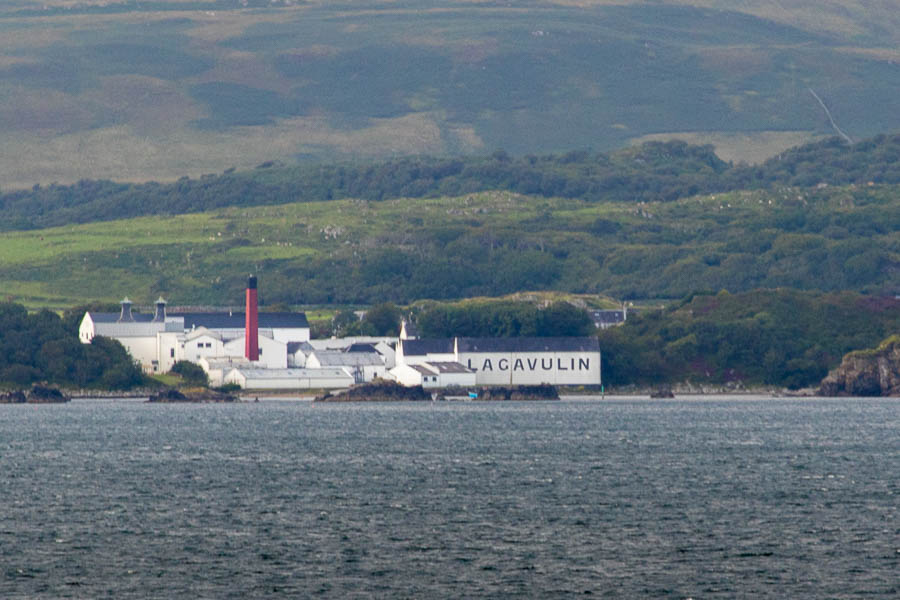
Up close, from the ruins of Dunyvaig Castle, it looks like this:
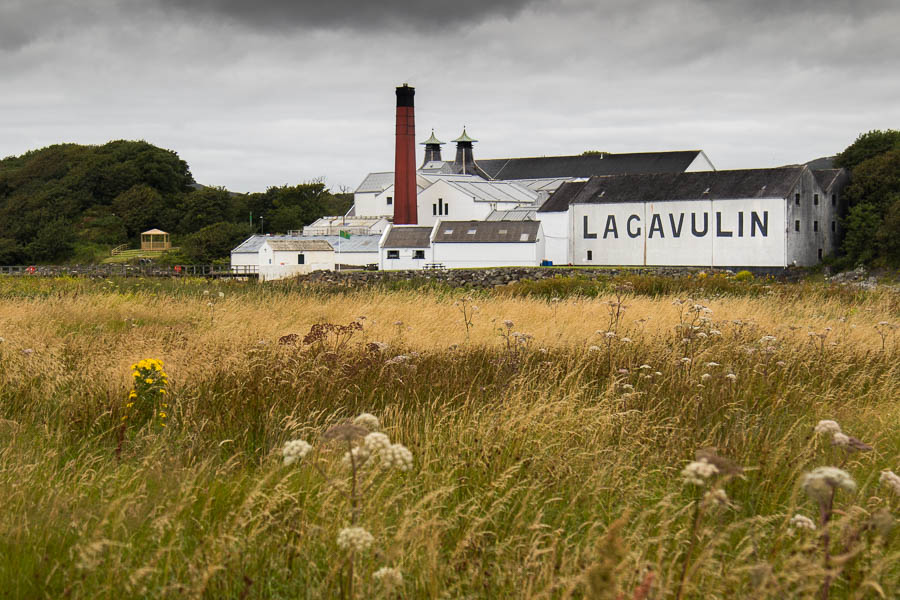
And for comparison between the LG G6 and the Canon 7D mark II, here's the camera-phone photo I took at about the same time:
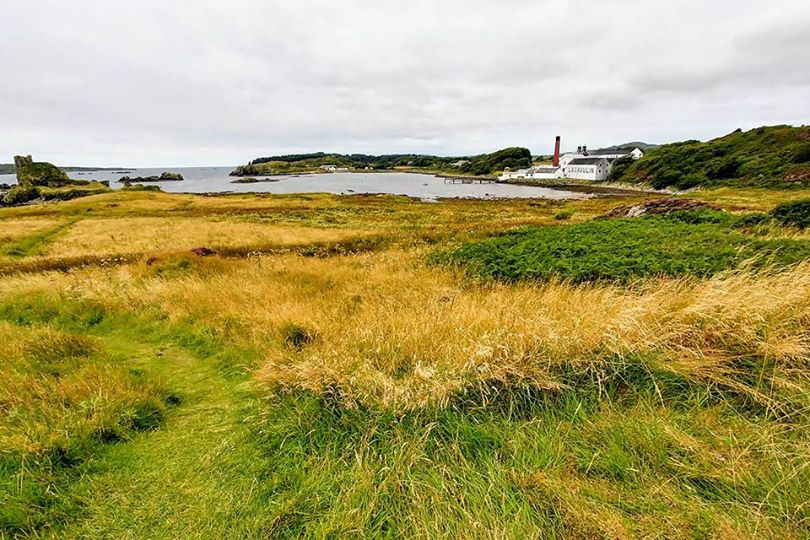
I promised to post photos from Scotland once I had a chance to go through all 800 or so from my 7D, and today, I had a (short) chance.
First: the Scottish National Gallery, Edinburgh, where we had breakfast on August 8th:
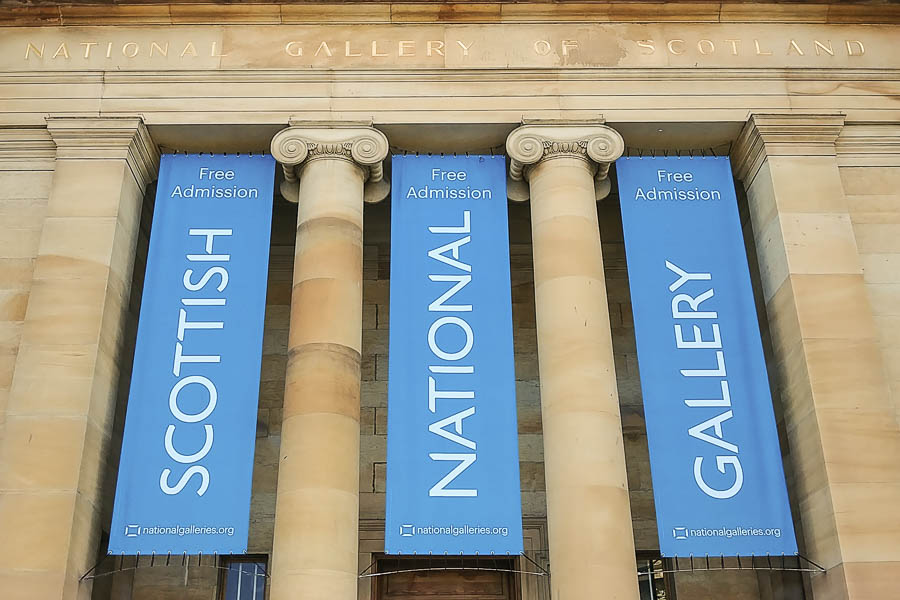
Second, Glenmachrie House, where we stayed:
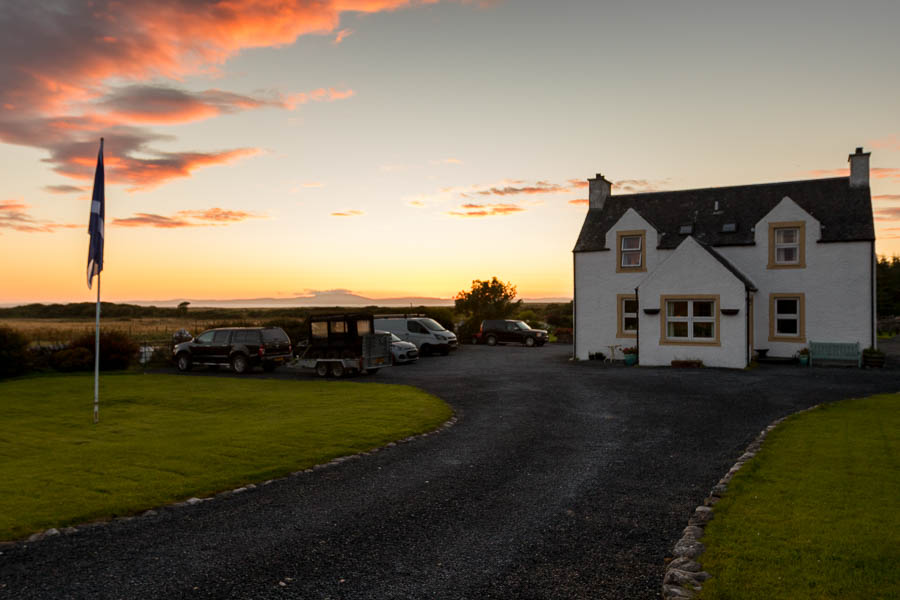
(This is the reverse of the image I posted earlier, about an hour later, and with a real camera and HDR software.)
More tomorrow.
Hurricane Harvey has dropped so much rain on Houston that two 1930s-era dams have been overwhelmed for the first time in history:
The U.S. Army Corps of Engineers confirmed Tuesday morning that water was spilling from around the dam gates of the Addicks Reservoir, which has been overwhelmed by extreme rainfall from Hurricane Harvey. Officials said they expect the Barker Reservoir, to the south of Addicks, to begin overflowing similarly at some point Tuesday.
A Harris County Flood Control District meteorologist said the overflow from the reservoirs would eventually flow into downtown Houston.
The reservoirs, which flank Interstate 10 on the west side of Houston, flow into the Buffalo Bayou and are surrounded by parks and residential areas. Water levels in the two reservoirs had already reached record levels Monday evening, measuring 32 m at Addicks and 30 m at Barker.
Engineers were unable to measure water levels at the Barker Reservoir on Tuesday because its gauge was flooded overnight, said Jeff Lindner, the Harris County flood control meteorologist.
In response, City Lab asks, why can't the U.S. manage flooding?
For New Orleans, whose below-sea-level position makes it particularly imperiled, the August floods were a reminder of something we should take much more seriously than we have. We ought to apply more aggressively the lessons we claimed to be learning from the Dutch after Katrina. It’s a course of action that would amount to a sea change in how we approach the wet threat that surrounds us on every side.
We need to get as smart and wily about water as Rotterdam. New Orleans’s continued viability as a population center and commercial hub depends on it. We must learn to live with water, to absorb rainfall and storm surge in massive retention facilities, to designate greenspaces that double as parks. We need to stop paving our yardsto make nifty little pads for the family car. We need to build absorbent rooftop gardens on as many buildings as can be put to that purpose.
Speaking of, I'm planning to visit New Orleans this weekend. Harvey is expected to pass northwest of the city tomorrow and land in the Tennessee Valley by Friday afternoon. I'm still bringing water shoes and an umbrella.
I'm back home, and I've shoved all the Scotland photos out of the way so I could post this:
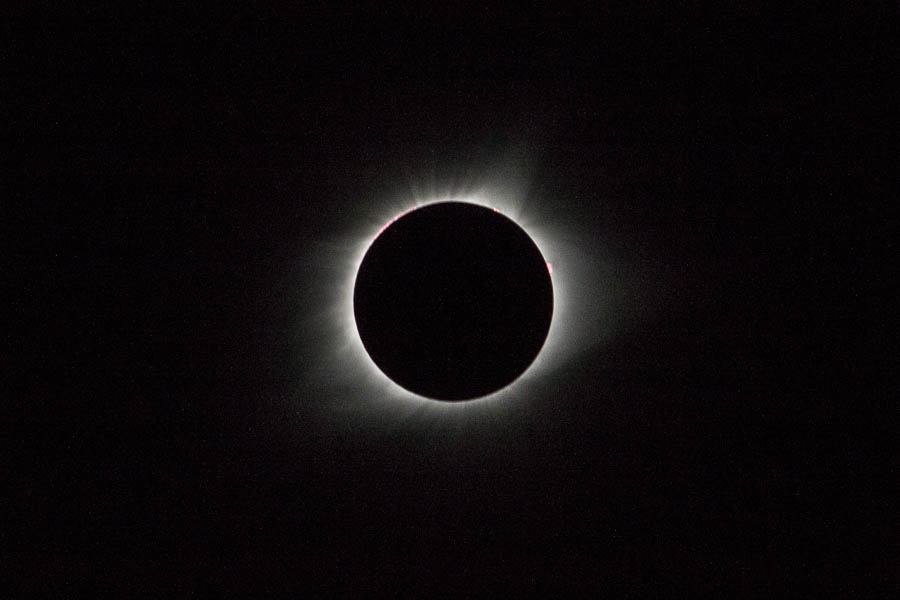
I didn't notice until I processed the photos from my 7D, but there are two solar storms visible: one at about 3 o'clock and the other, fainter one at about 1 o'clock.
We're already looking into a vacation in Chile in the summer of 2019...
I'm heading to Missouri tomorrow to get into position for Monday's eclipse. Since Springfield is on the way, I spent the day at the Illinois State Fair. Again. So, naturally, we had to make a pilgrimage to the butter cow:
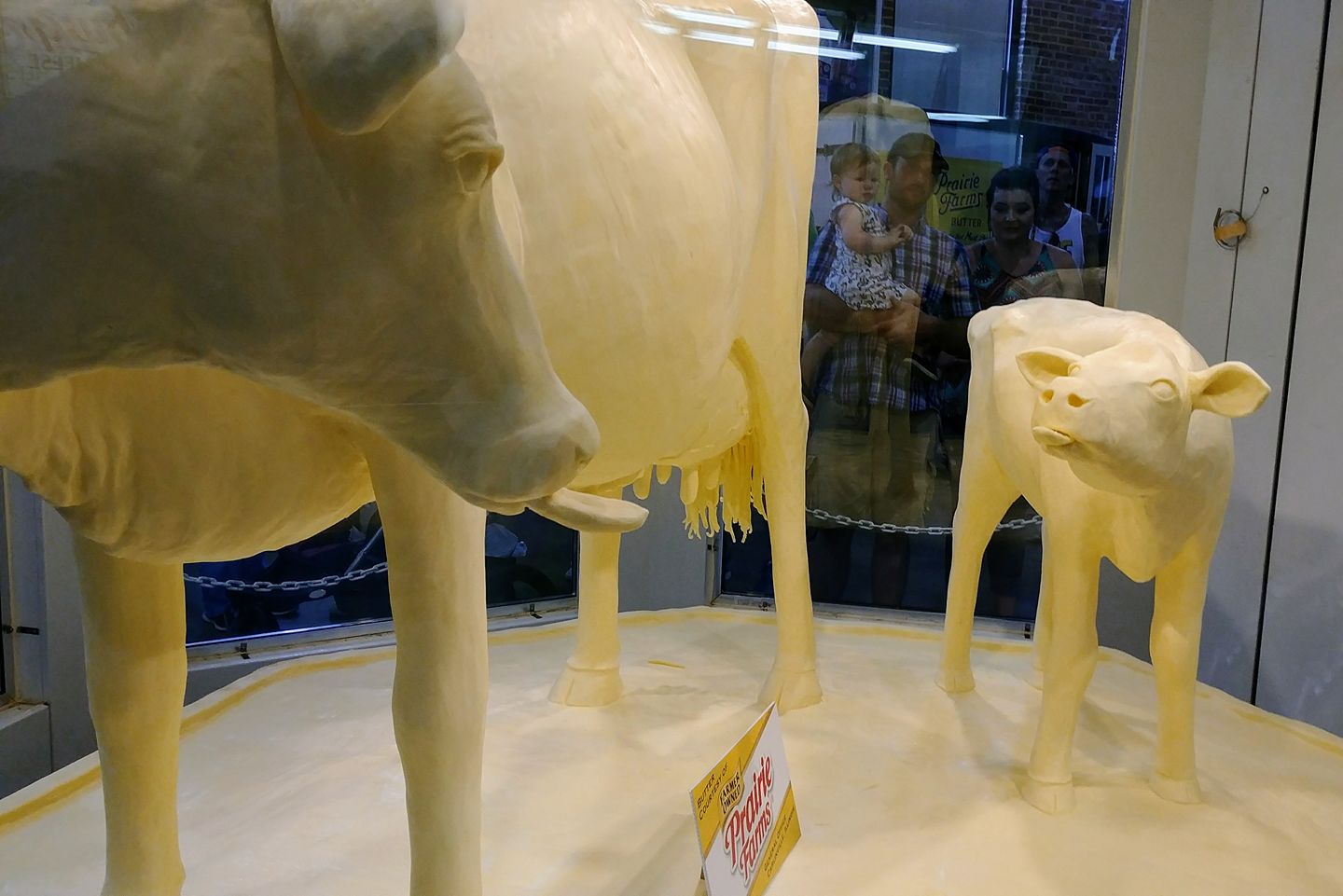
No idea what we're doing tomorrow, but Monday we'll be standing in a parking lot with our eclipse glasses on.
And sweating. It's warm out there.
Yesterday, a man reportedly threw himself in front of a CTA train at the Fullerton El stop, shutting down the three busiest lines in the system during the morning rush hour. Commuters faced hours-long delays and an already at-capacity bus system struggled to adapt to the demand.
So did Lyft and Uber, as people found out. Lyft presented one of my friends with a $75 fare to go six kilometers; she wound up taking a bus and suffering through a two-hour commute. (I wasn't affected because I had the option of walking to work yesterday.)
Chicago's City Hall is outraged:
"It is unfortunate that at least two ride share companies chose to take advantage of this morning’s difficult commuter situation," said Lilia Charcon, a spokeswoman for the Department of Business Affairs and Consumer Protection spokeswoman.
But that's their business model. If demand goes up faster than supply, prices rise.
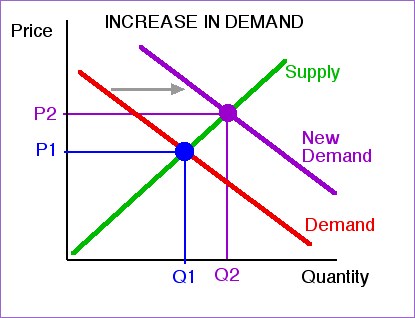
Graph: Ray Bromley.
The only way to stop that from happening is through regulation. Like the way we regulate taxis. But then there is no way to get a taxi when demand goes up like it did yesterday, because they're all in use.
Welcome to economics.
I've gotten a lot of sleep the last few days and also a lot of exercise. I can tell that the upper-respiratory infection burbling away in my head right now is taking a beating, and will soon be as dead as any strand of viral DNA can be.
In a timely posting, the Economist's Gulliver blog hints at its origin:
A recent study from the University of Stirling and the University of Ulster...examined hundreds of aeroplane crew members and discovered a direct link between air contamination and respiratory, cognitive and even neurological health problems. Out of 274 pilots questioned, 63% reported health problems consistent with breathing tainted air. When the team examined 15 separate incidents of acute aeroplane air contamination, most of which involed oil leakage, nearly 75% of the time multiple crew members on the flight reported adverse health effects. Airline staff are not the only ones at risk. “This is equally applicable to passengers because they breathe the same air,” says Susan Michaelis, one of the researchers and former airline pilot.
The problem has long been discussed within the airline industry, with several small-scale studies having been undertaken. But the new report is a fresh and more comprehensive take on the issue. The authors argue that manufacturers must change the way planes get their air. Boeing 787s, for example, have a separate system that does not draw in air through the engine.
OK, it really doesn't talk about pathogens spreading on airplanes, and since both my flights this past weekend were on 787-8s, the post doesn't even apply to me.
It's still an interesting post.
It's not really that perilous to travel from the US to the UK, unless you're in a step challenge.
This past week, I was traveling for almost 40 hours—including 14 yesterday thanks to ordinary aviation delays. When you're on a plane, it's pretty hard to get steps. Fortunately the time change from the UK back to the US is in my favor, so I got 6 extra hours in which to walk, and I also got Parker back. Still, I barely squeaked in with 10,689 for the day and an unusually low 81,638 for the week (helped immensely by Wednesday's 18,319).
The nadir, of course, was last Sunday, when I flew to London. The lost 6 hours occurred right in the middle of the day, so not only did I get the fewest steps (7,407) since June 11th (7,044), but also this happened:
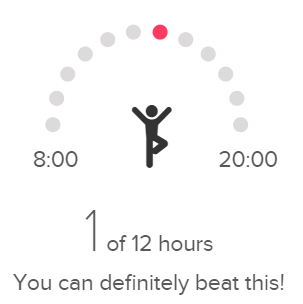
Sheesh.
So naturally, I walked to work today. I'm already at 9,770 and heading towards 20k (assuming I walk home, too).
I'm back from the UK, and I hope my laundry will be done soon because my body thinks it's 1:30 in the morning.
I did want to note the horror in Virginia over the weekend, and James Fallows' observations about the President's abject failure to respond appropriately:
Donald Trump had an opportunity yesterday to show that he was more than the ignorant, impulsive, reckless opportunist he appeared to be during the election. To show, that is, that the burdens and responsibilities of unmatched international power had in fact sobered him, and made him aware of his obligations to the nation as a whole.
Of course, he failed.
And those who stand with him, now, cannot claim the slightest illusion about what they are embracing.
It was so tempting, being at O'Hare with my passport and a packed bag, just to hop on another plane...
Despite (or because of, unclear) normal Scottish weather, we killed an hour at the Laphroaig Distillery before heading out on the ferry back to the mainland. I claimed my rent on my one square foot of land* and my dram of the 10 year old. Then we got a couple more drams (in takeaway containers), a book, some lip balm, and rained upon. But I did manage this photo through the window:
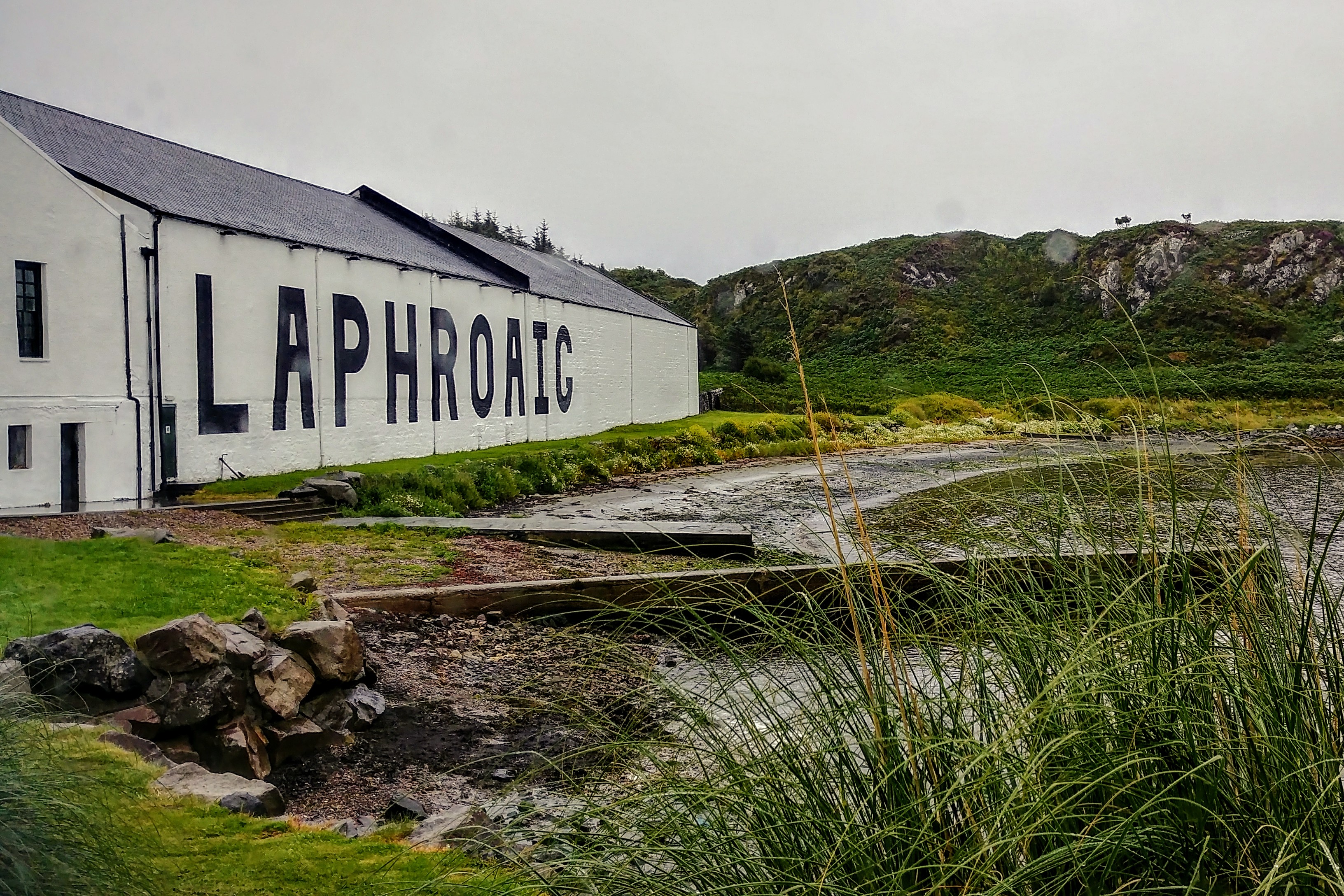
And then we headed to the ferry and said goodbye to Islay (for now):
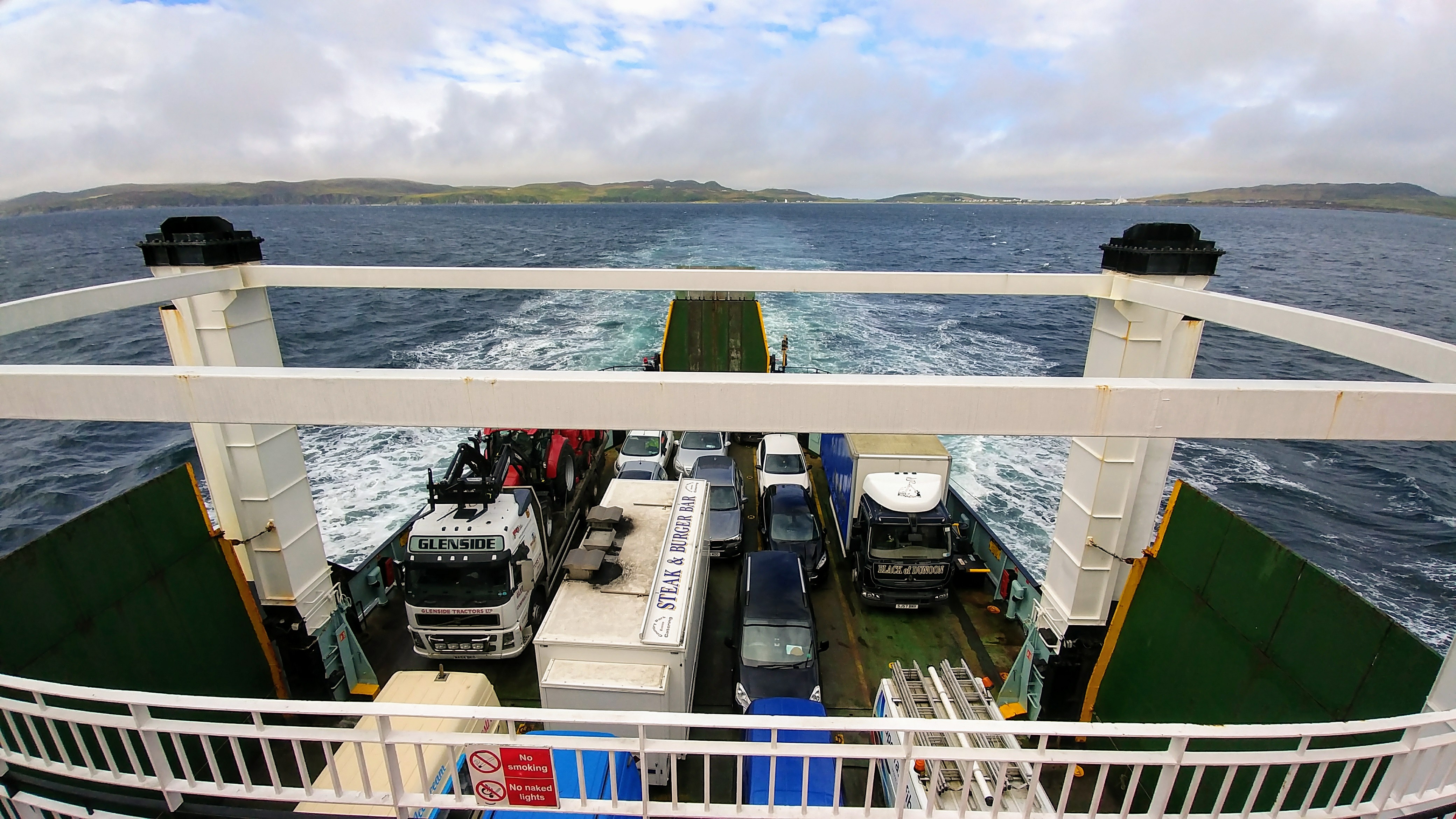
Now, as was common in days of yore, we're taking a few days to get back home. We stopped for lunch at the Drovers Inn outside Loch Lomond, and now we're in Glasgow.
* The coordinates on my certificate are the coordinates showing on the map there, but there are differences between what GPS says and what maps say all the time. I'm not sure if this is a mismatched datum or that Laphroaig's GIS don't agree with Google's. There are tons of reasons why this would be. But it's fun anyway.